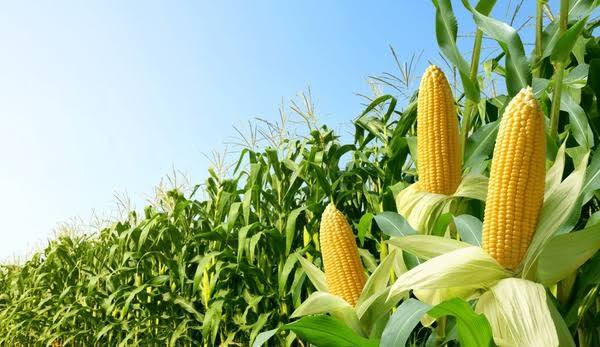ISLAMABAD – Pakistan's corn industry is poised for a strong recovery in the 2025/26 marketing year, with production forecasted at 9.6 million metric tons (MMT), according to the latest USDA Grain and Feed Annual Report. The positive outlook is driven by an expansion in cultivated area, average yield improvements, and a significant boost in domestic consumption—particularly from the country’s recovering poultry sector.
🌽 Production Outlook
The USDA projects that corn area harvested will increase slightly, supported by favorable weather and strong market prices. Farmers are optimistic, with increased seed availability and improved farming techniques contributing to higher yields. Corn continues to be Pakistan’s third-largest cereal crop, after wheat and rice, with both spring and autumn crops providing year-round supply.
🐔 Domestic Demand: Poultry Sector Drives Growth
A key driver behind this production surge is the revitalization of Pakistan’s poultry industry. After a challenging period marked by disease outbreaks and import restrictions, poultry farming is rebounding due to better feed availability and policy support. Corn, a critical component in animal feed, is experiencing robust demand.
The government’s recent reauthorization of genetically modified (GM) soybean meal imports—a vital protein ingredient for poultry feed—has unlocked feed production capacity and improved efficiency in feed compounding. As a result, corn is now more actively absorbed by the domestic feed industry, reducing its availability for exports.
📉 Exports Contract as Focus Shifts Inward
With rising domestic consumption, particularly from feed mills and starch industries, Pakistan's corn exports are expected to decline. While the country has historically exported to Southeast Asia and the Middle East, including countries like Malaysia and the UAE, the exportable surplus is now shrinking due to internal demand pressures.
The USDA report highlights that 2025/26 corn exports may fall below previous levels, as more grain is utilized domestically. This aligns with Pakistan’s broader agri-policy goals of strengthening local supply chains and value-added industries rather than relying on volatile global markets.
🔍 Challenges & Opportunities
While the outlook is positive, the industry still faces challenges such as:
- Limited access to high-quality hybrid seeds
- Post-harvest losses
- Price volatility linked to energy and input costs
However, increased private sector investment in seed technology, mechanization, and storage infrastructure is expected to gradually address these issues.
Pakistan's corn sector is undergoing a strategic transformation. With production rebounding and domestic demand on the rise—especially from poultry and feed manufacturers—the crop is set to play a pivotal role in the country’s agricultural economy. The shift from export focus to domestic value chain development marks a turning point that could enhance food security, farmer income, and rural employment in the coming years.
Follow & Subscribe:
👉 Agri-Food Update on LinkedIn for the latest updates and insights.
🌐 Visit us at www.agri-food-update.com for more information!



